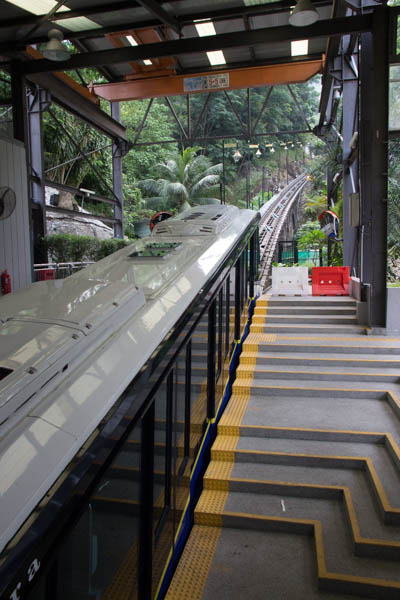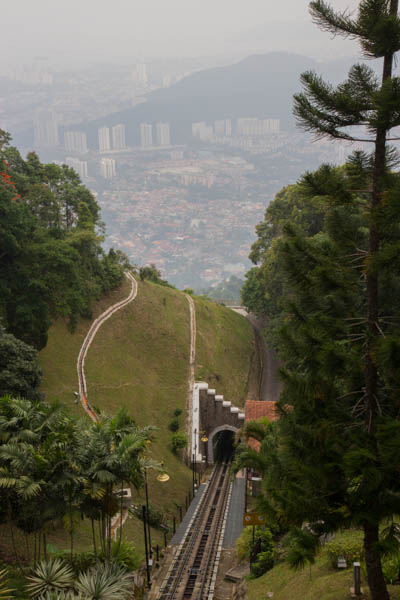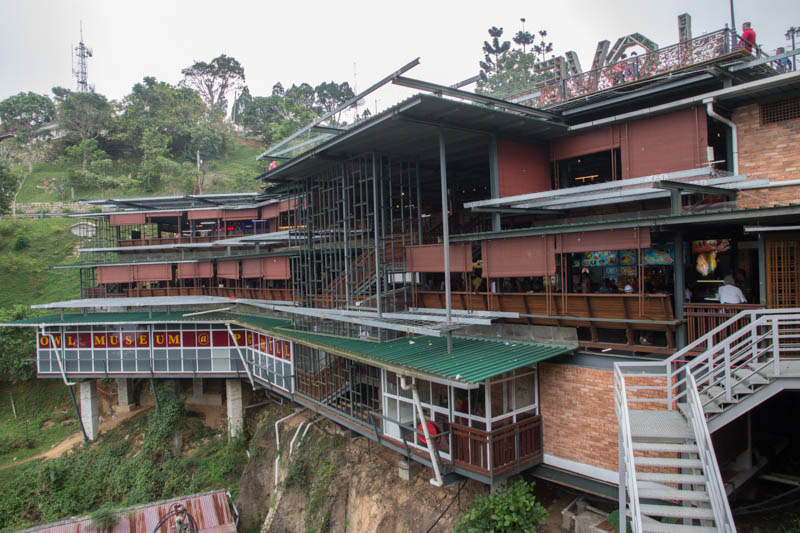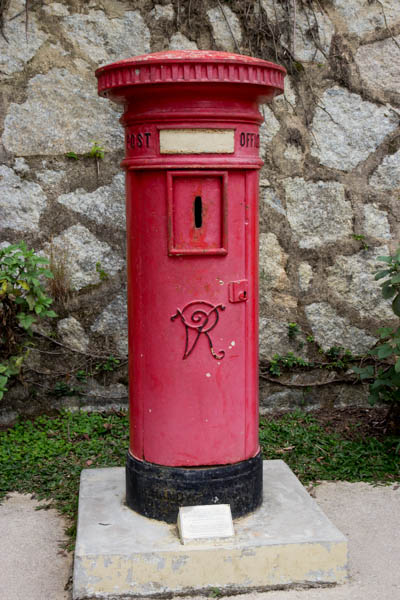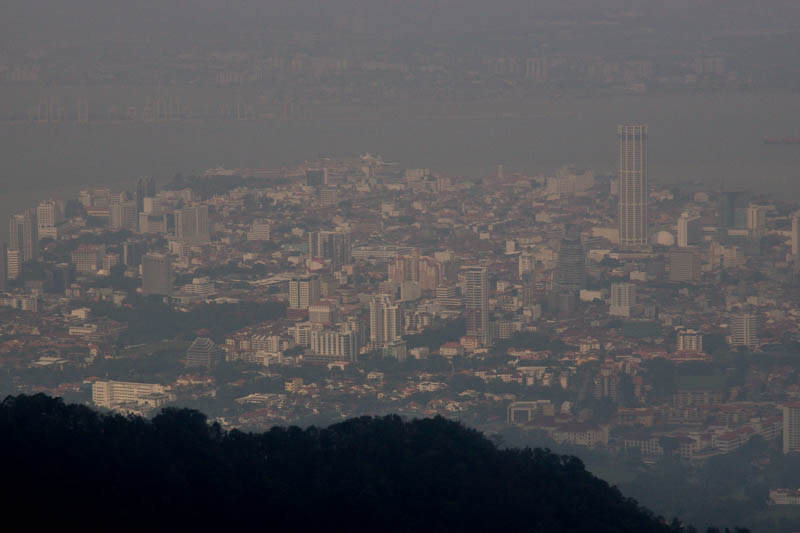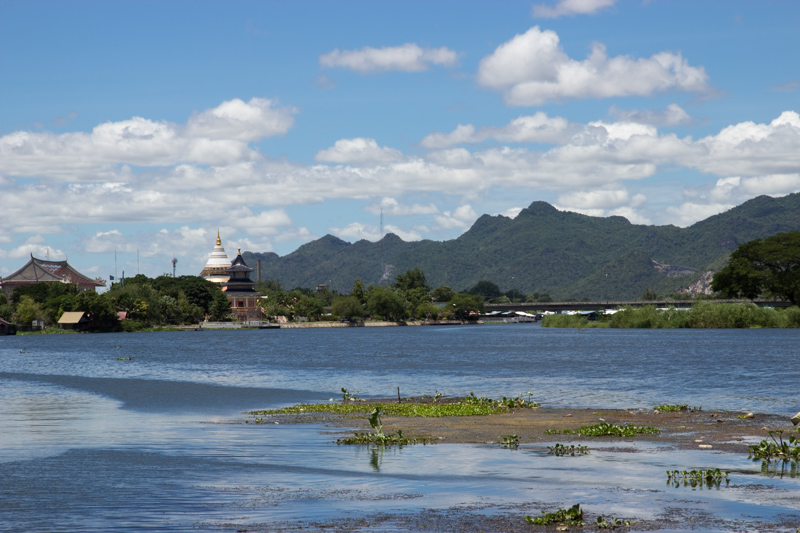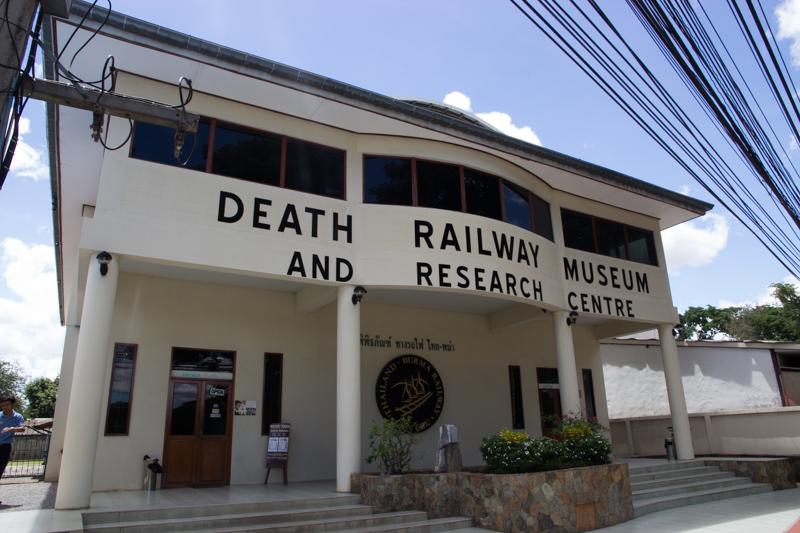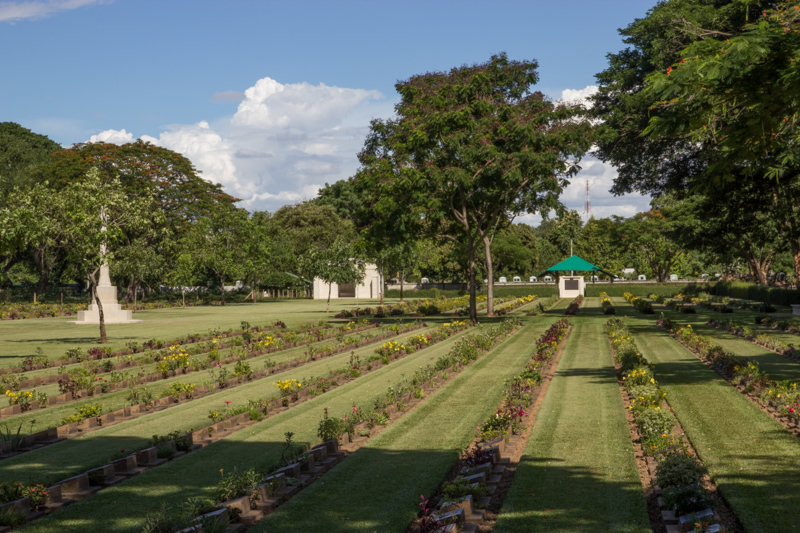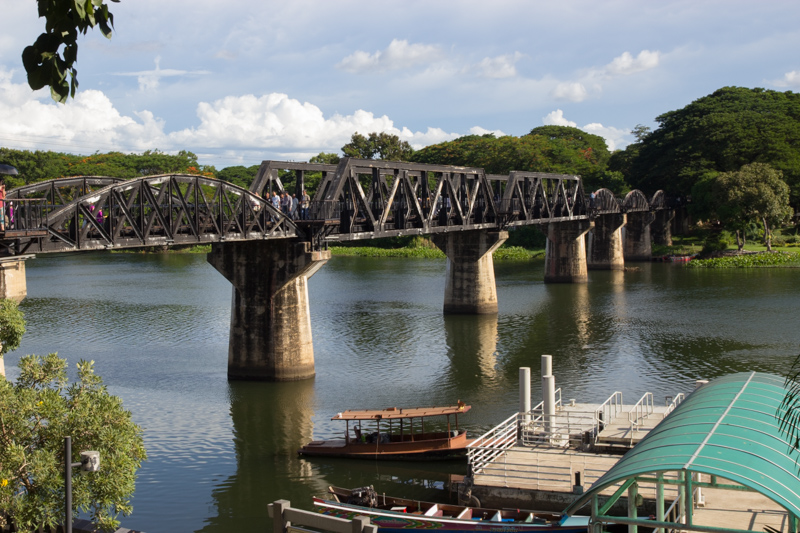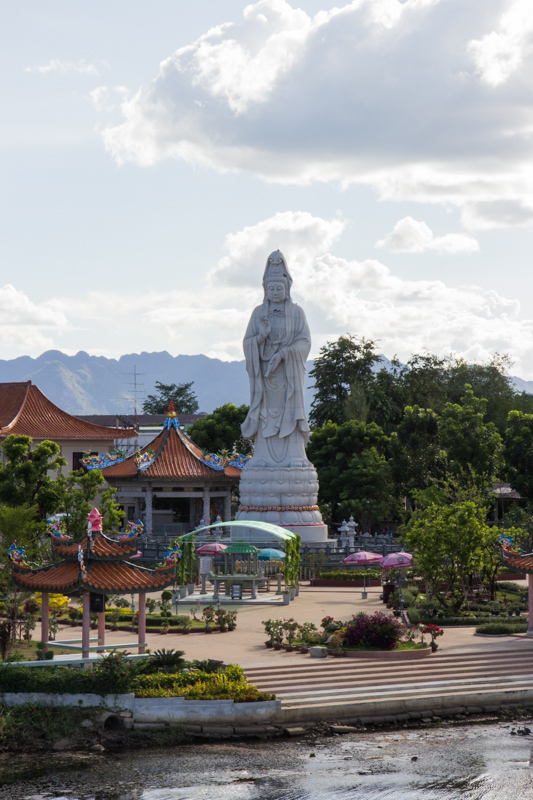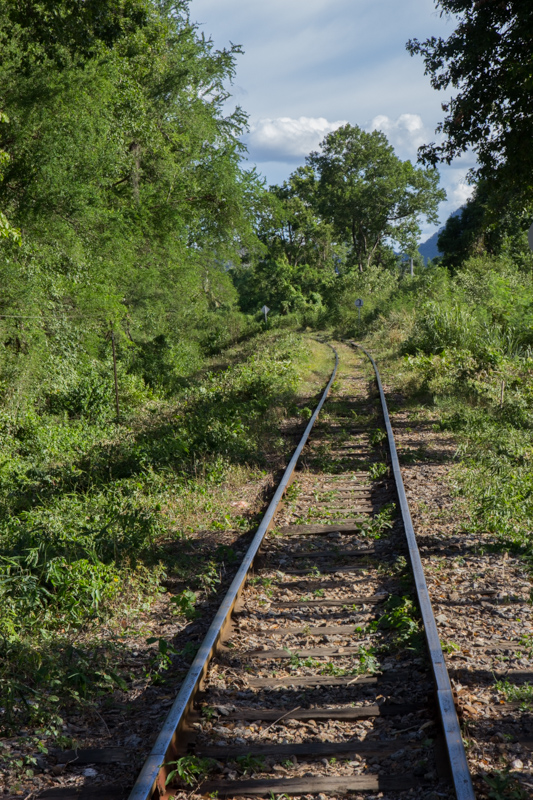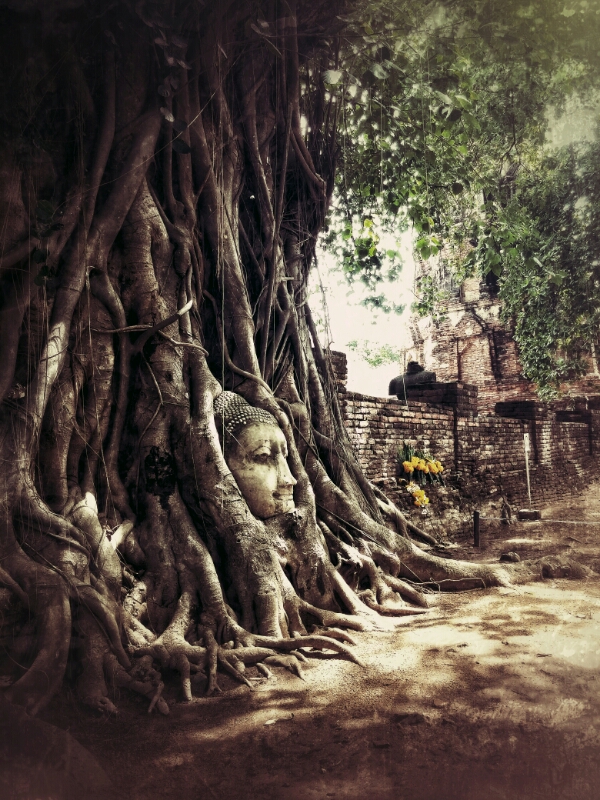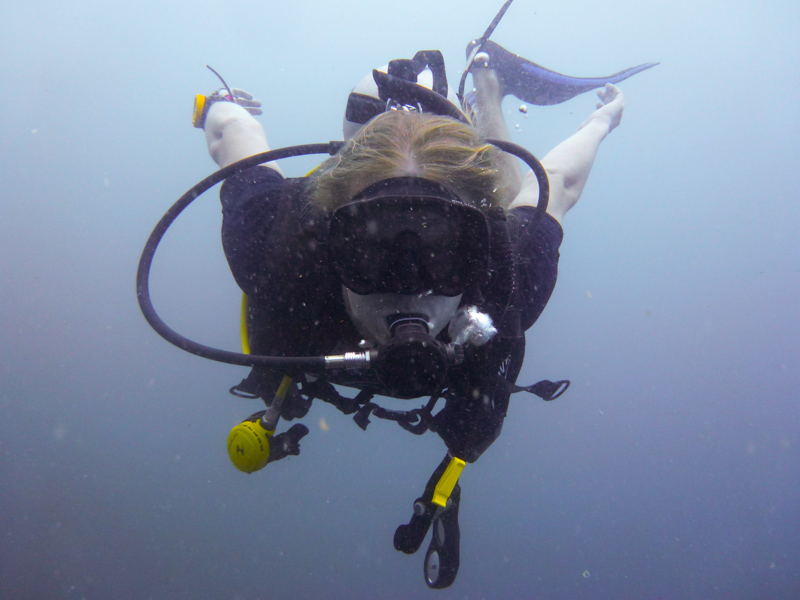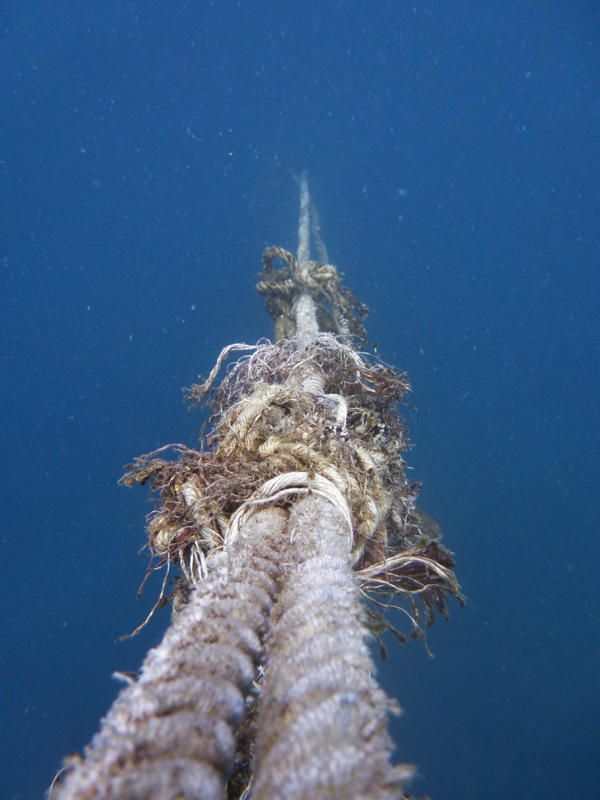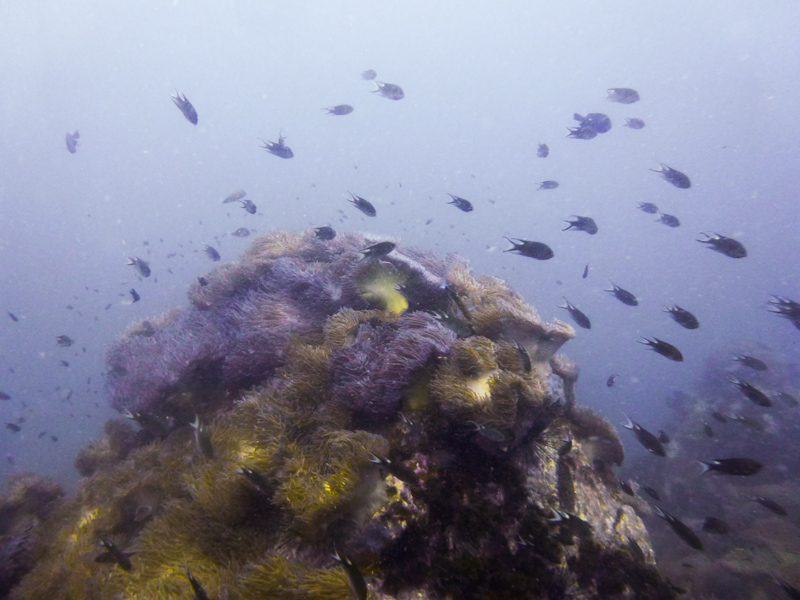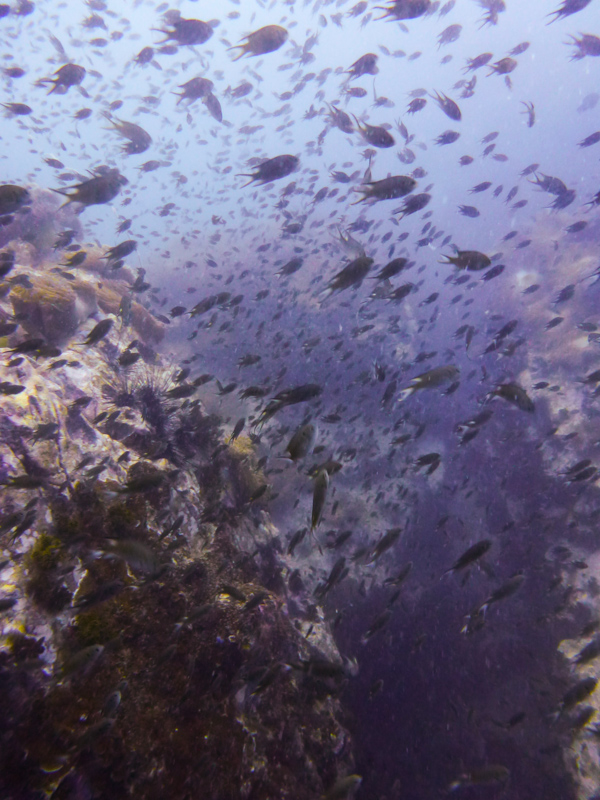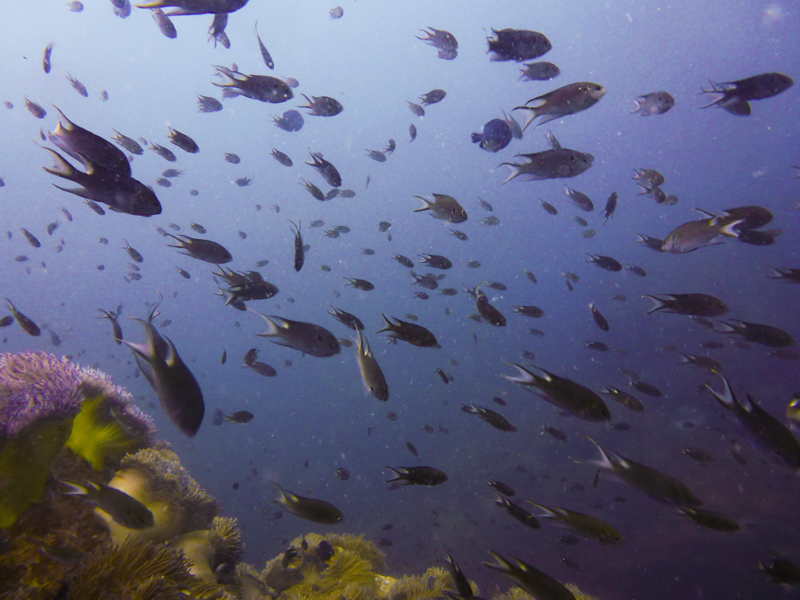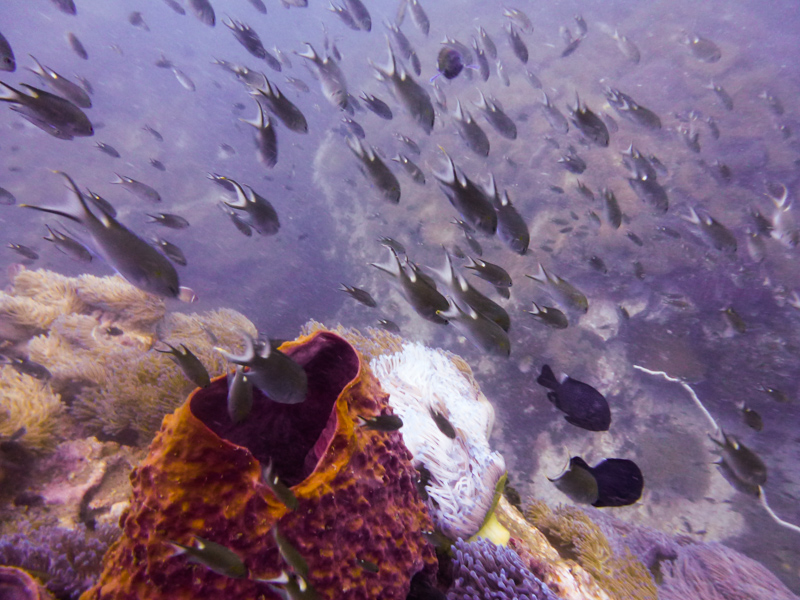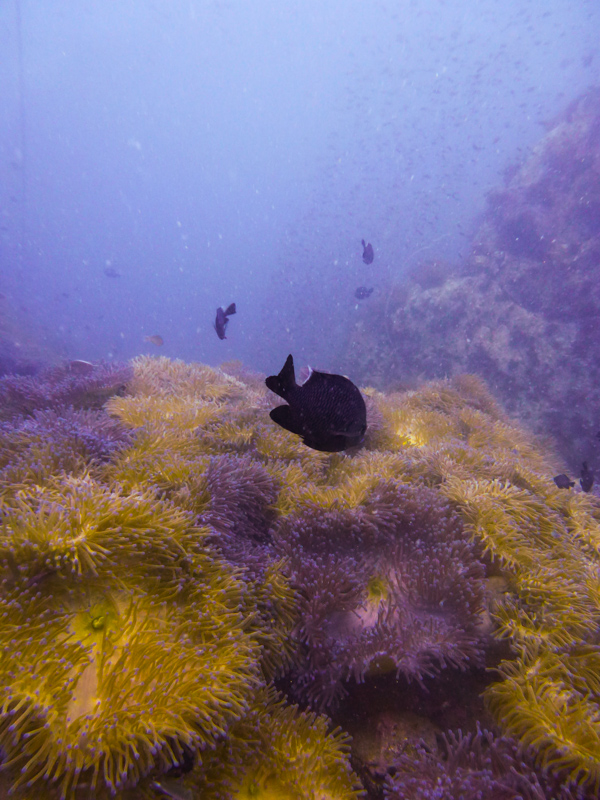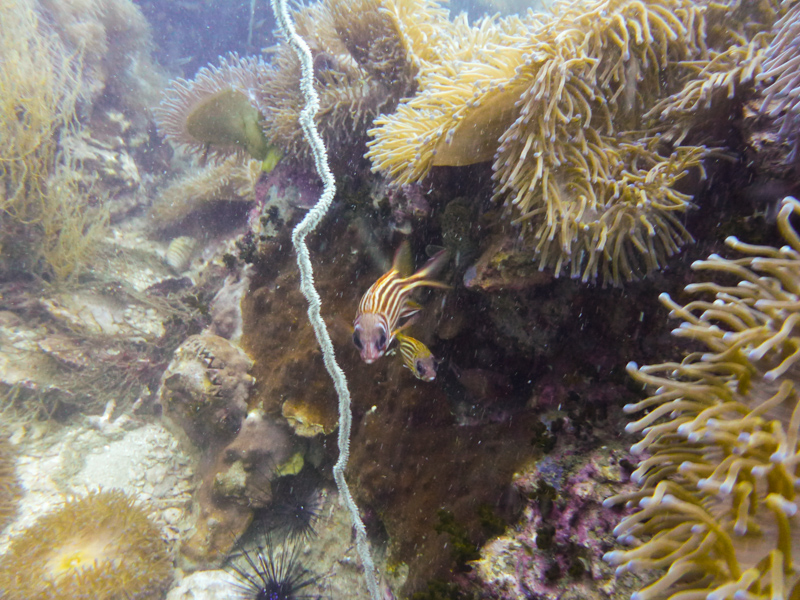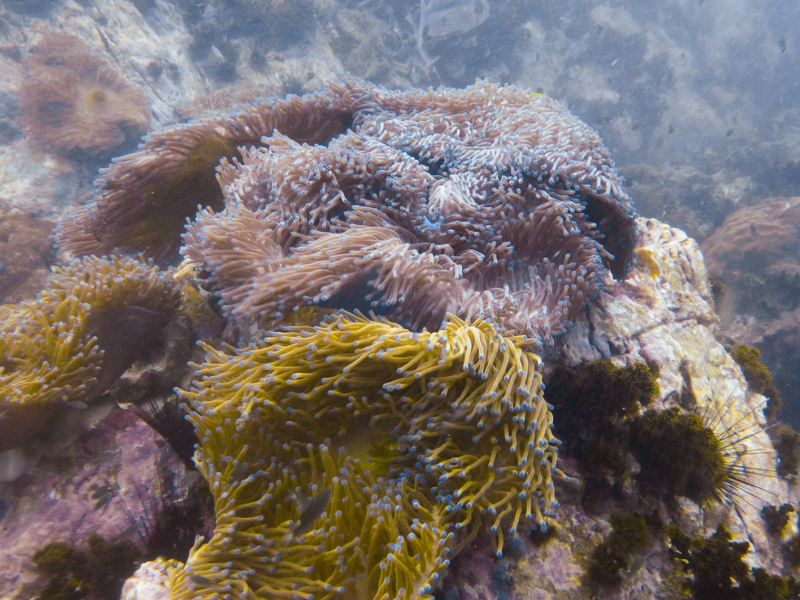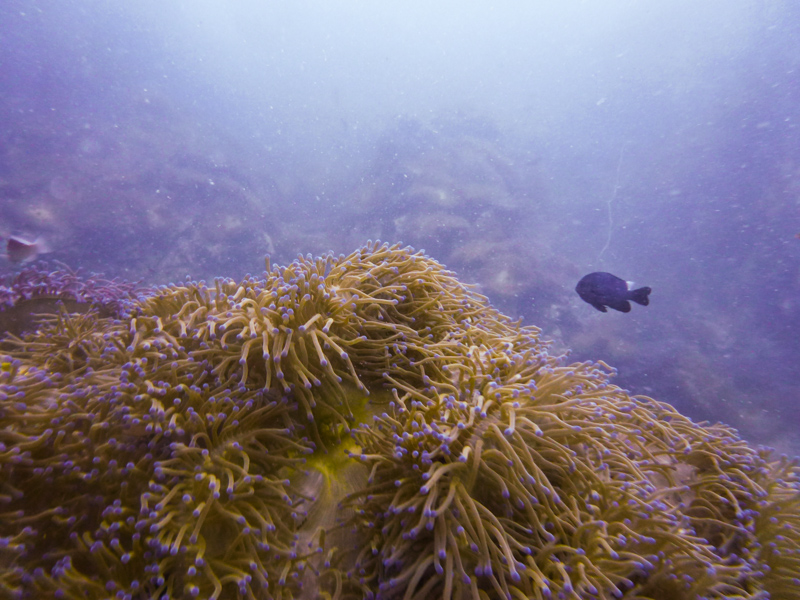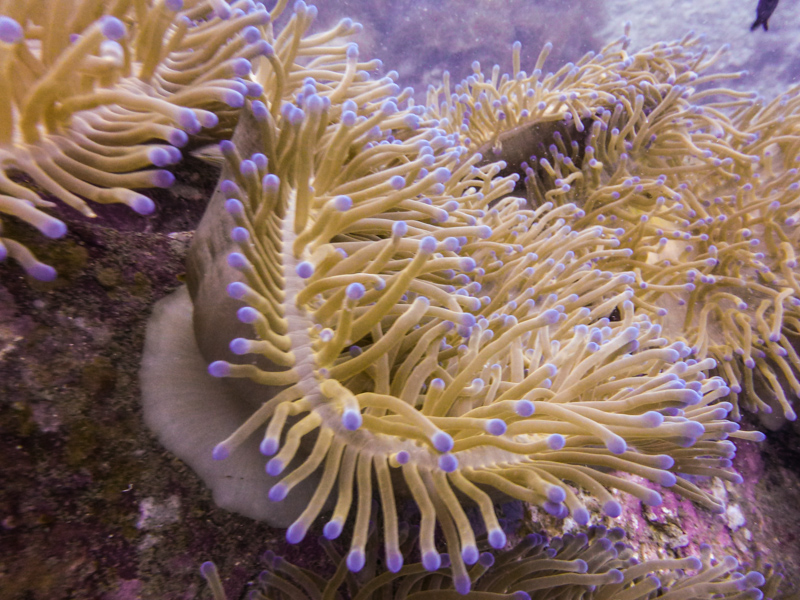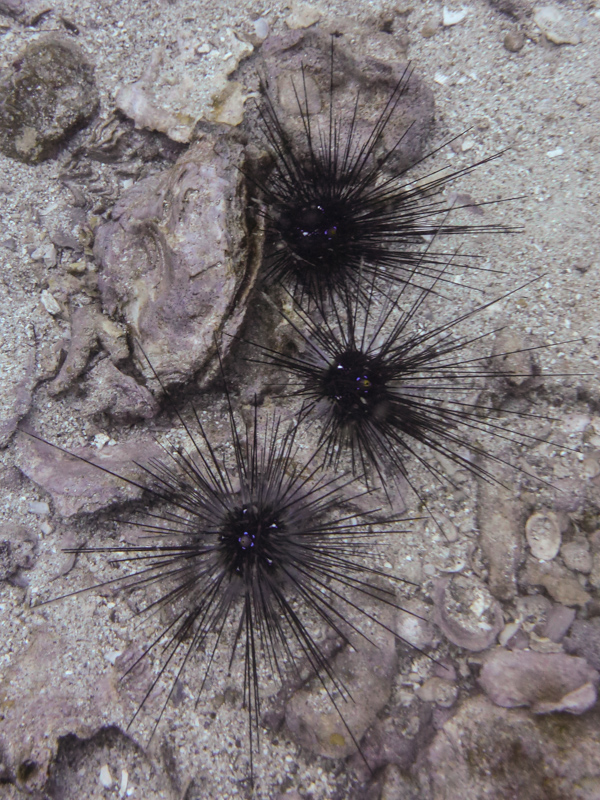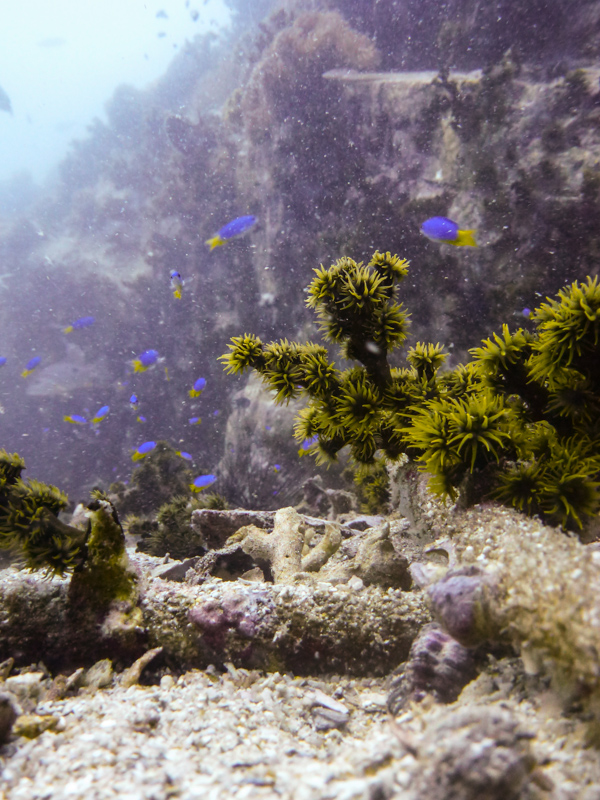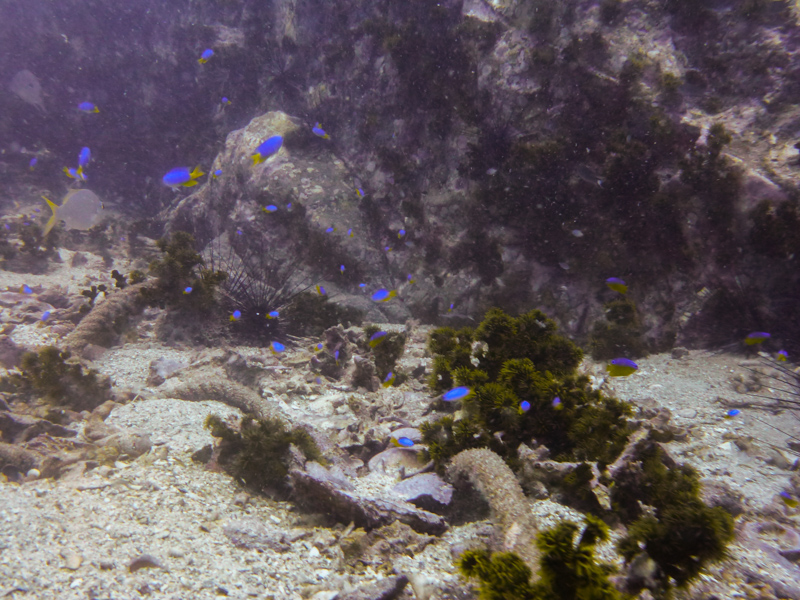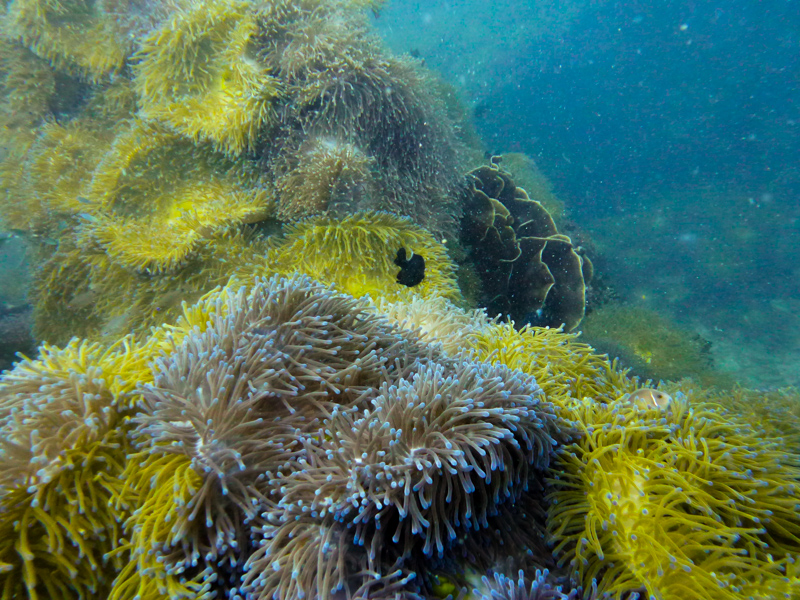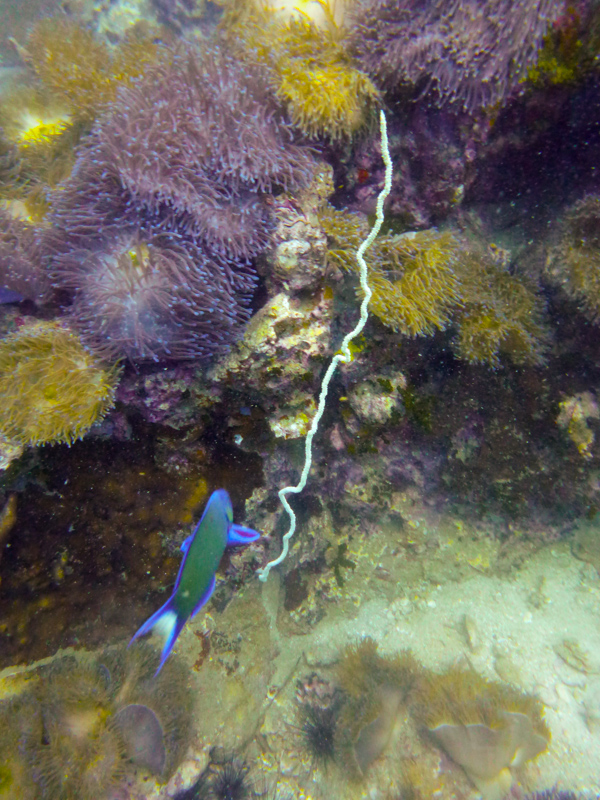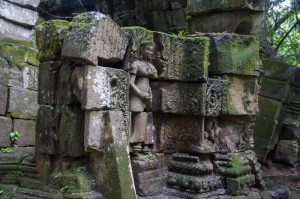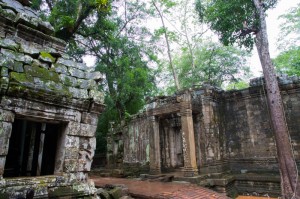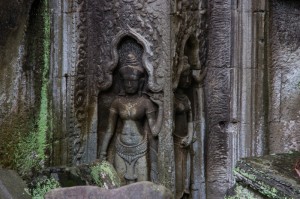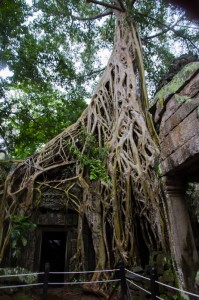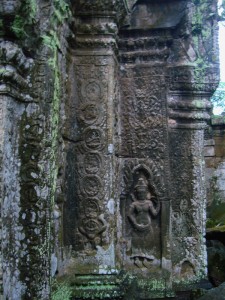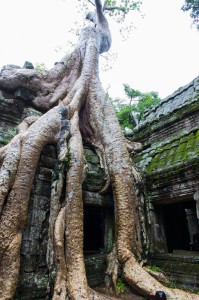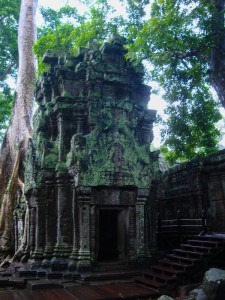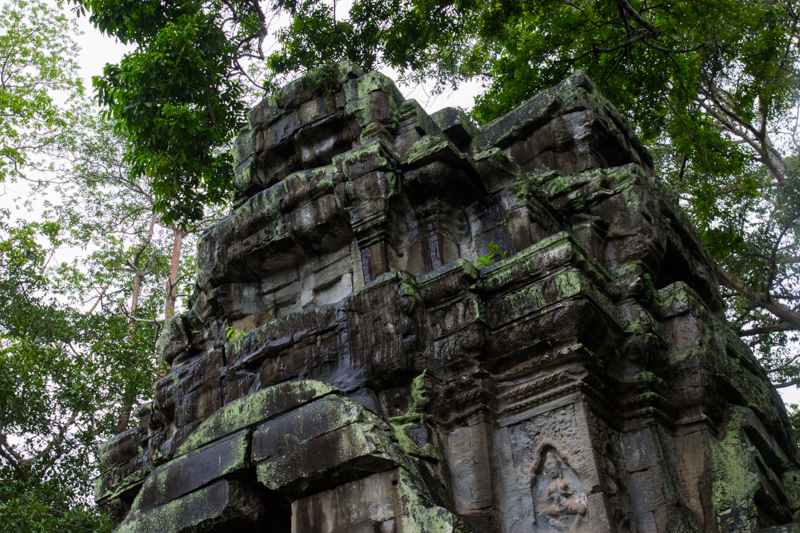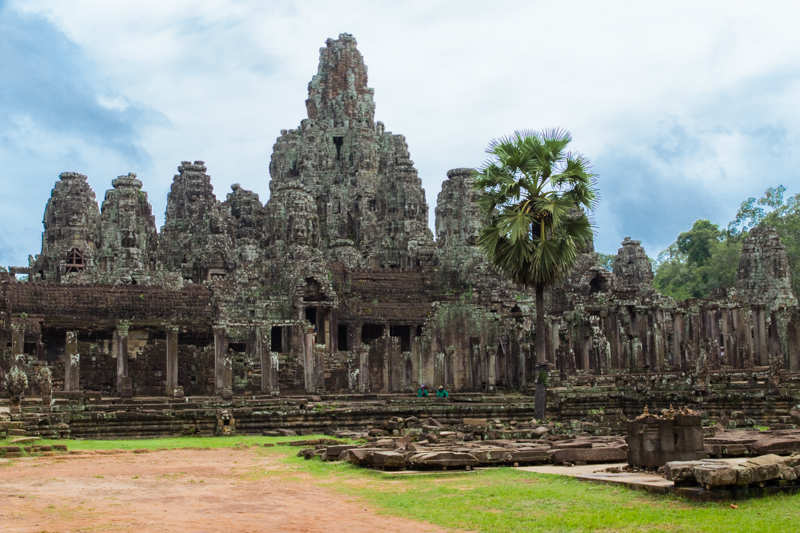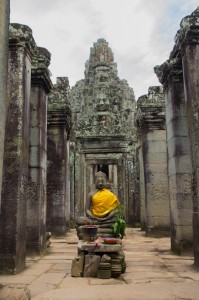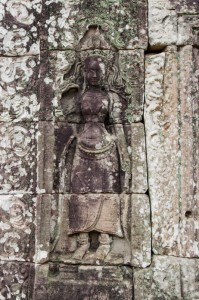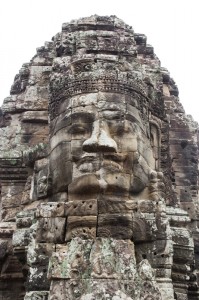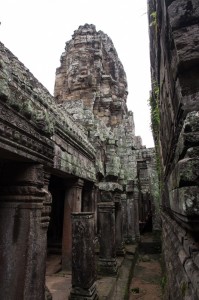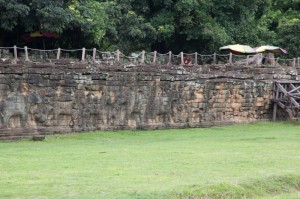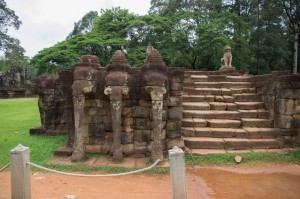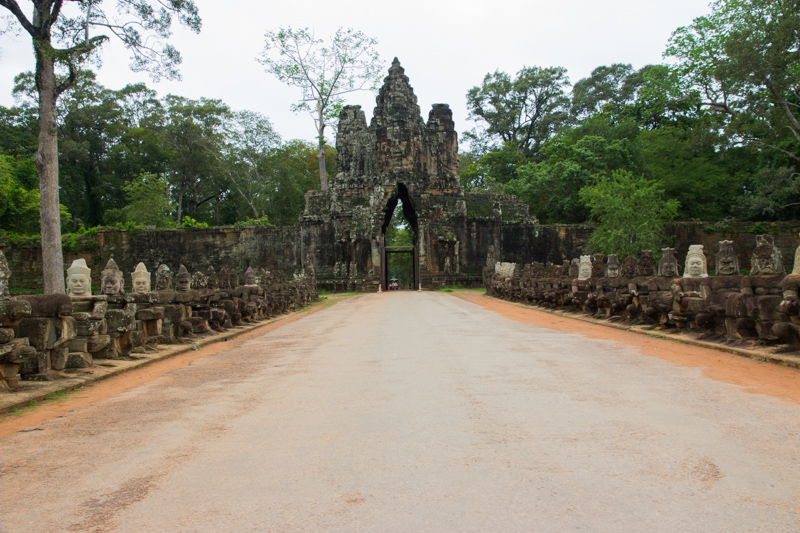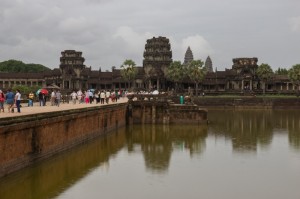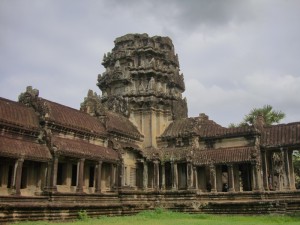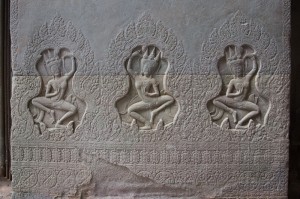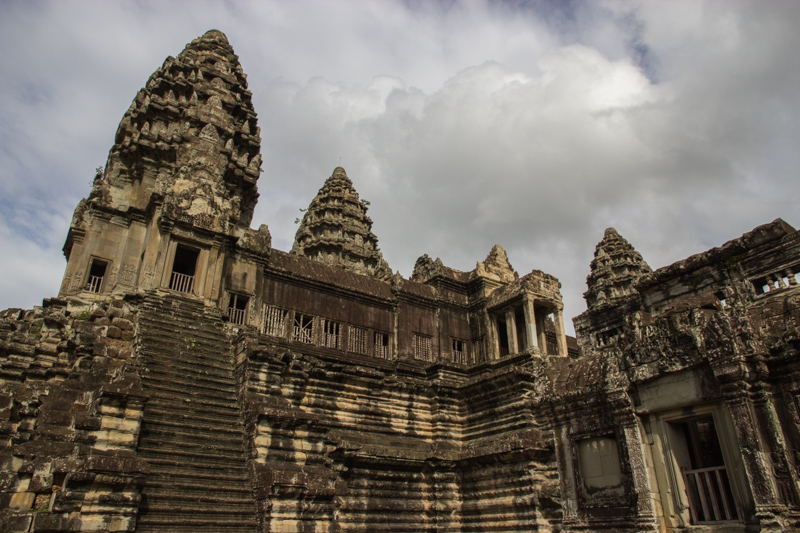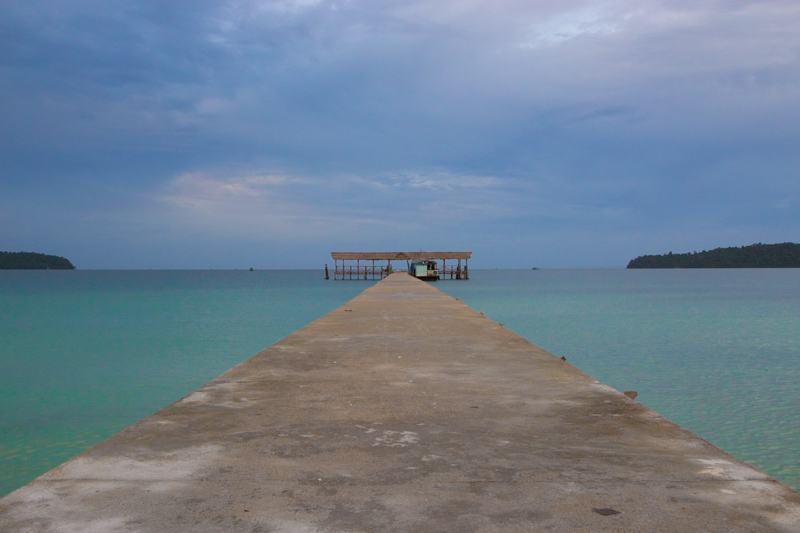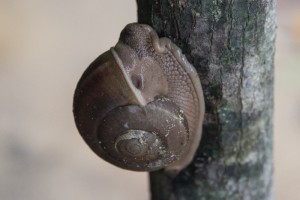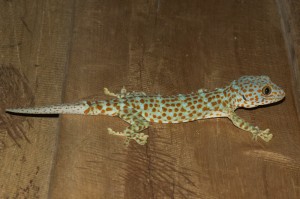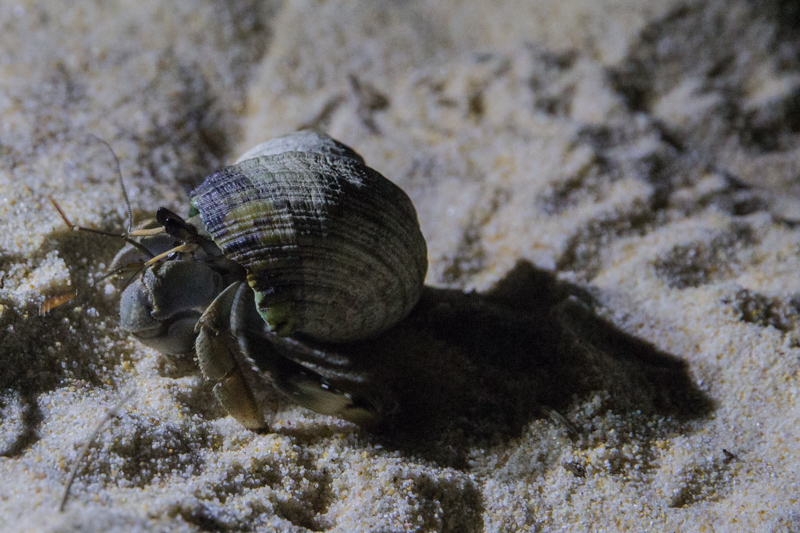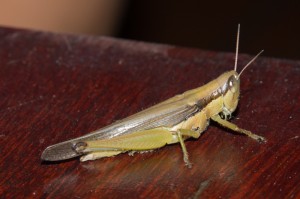“If you haven’t been to Penang hill, you haven’t been to Penang!” The leaflet in our guest house made some bold promises and Hugh and I were keen to check them out. Penang hill or Bukit Bendera, was a one-time hill station and summertime retreat of the British during colonial rule. The weather had been unbearably humid since our arrival and we fancied some fresh air and a break from city life, up on the hill.
An hour’s bus ride from Georgetown and we arrived at Air Itam, the town at the bottom of Bukit Bendera. I had high hopes for this hill station and initially I wasn’t disappointed. The first sight that greeted me was the track for the funicular railway that cut in to the dense foliage. It was almost vertical. And long. The track seemed to stretch on forever. No problem. I’ve been up higher. Still. It was a long way up.
After purchasing our tickets we queued for the train for what seemed like forever. Reaching the front of the line I found out why; everyone had their picture taken theme park roller-coaster style before getting on the train. Now I was getting nervous. This was surely just a standard funicular rail ride to the top, right? Yes, I was right. Ten minutes later and we arrived safely at the top. The photograph turned out to be just the first of many visitor souvenir opportunities.
At the top it turned out this wasn’t like any other hill station we’d seen, it was more like a children’s play park in the trees. Straight out of the train exit we were the focus of attention. Did we want drinks, ice creams, fruit juices, audio guides, plastic toys…? The smell of fried food was overwhelming. Hugh and I retreated to a corner with a fruit juice to get our bearings.
Strangely enough it seemed that the main attraction was an owl museum. That was a little too Alan Partridge for me so we headed out towards the trees to see what else was on offer. A Hindu temple, a mosque, several flower gardens that required an entry fee and bungalows- Midsomer murders style country bungalows labelled as ‘convalescent’ that were occupied. Not too awkward. Moving away from the crowds, we went in search of a viewpoint. Despite the height, the hill was only marginally cooler than Georgetown but the air was remarkably fresher.
Rounding a corner, the noise quickly dissipated and we were surrounding only by trees. Following the path we found a viewpoint and it felt like the whole of Penang stretched out before us. We could see the skyscrapers, the bay and across to the mainland.
The path continued on for several kilometres through trees, zigzagging through the trees at ground and canopy Level. I looked carefully for monkeys, squirrels or any other animals that might be lurking in the trees but was out of luck. After a while we noticed there weren’t any other visitors around and it was getting dark so we wandered back towards the crowds.
Back at the visitor hub we had the opportunity to have our pictures taken with parrots, snakes and lizards but we declined. Instead we went back to the funicular railway and sped down to the bottom of the hill and back to the city. It wasn’t quite the hill station I was expecting and I wouldn’t say it was indicative of Penang but the view and canopy walk certainly made it worth the trip.
